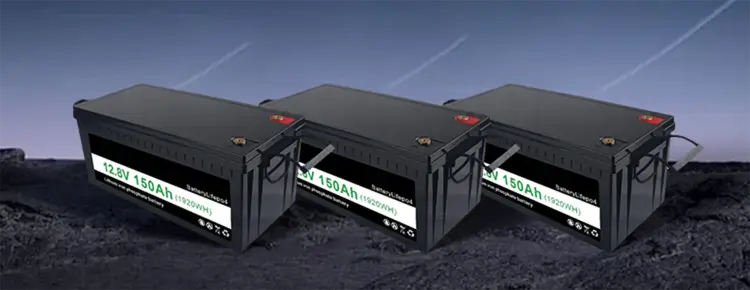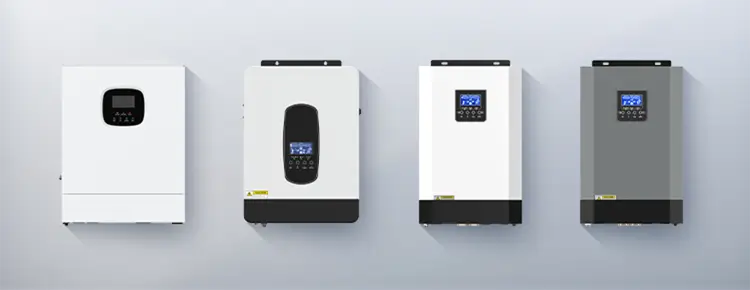



Blog
Hot Category
Latest Blog
07 Jan 2025
Nlelsen
When choosing a battery, many people will find that the price of lithium iron phosphate batteries is often much higher than that of lead-acid batteries. So, what causes this price difference? This article will analyze this issue from multiple angles such as materials, manufacturing processes, performance, lifespan, and market factors.

Lithium iron phosphate batteries use lithium salts and iron phosphate as positive electrode materials, while the core materials of lead-acid batteries are lead and sulfuric acid. From the price of the materials themselves, the cost of lithium and iron phosphate is significantly higher than that of lead. Although lithium reserves are large, the cost of its extraction, processing and refining is high. In addition, lithium iron phosphate batteries require higher purity raw materials and higher quality requirements for raw materials, which further pushes up production costs.
The manufacturing process of lithium iron phosphate batteries is much more complicated than that of lead-acid batteries. From electrode coating, assembly to battery molding, each step requires precise control of temperature, humidity and other parameters. The production process of lead-acid batteries is relatively simple, the technology is mature, the degree of automation is high, and the cost is low. The complex process flow and higher technical barriers make the manufacturing cost of lithium iron phosphate batteries higher.
Lithium iron phosphate batteries have high energy density and power density, which means they can store more energy at the same volume or weight. In addition, the cycle life of lithium iron phosphate batteries is much higher than that of lead-acid batteries, usually reaching more than 2,000 charge and discharge cycles, while the cycle life of lead-acid batteries is usually only 300-500 times. The significant performance advantage requires more investment in the research and development and production of lithium iron phosphate batteries.
Although the initial price of lithium iron phosphate batteries is high, their long life and high stability can save costs in long-term use. Taking an electric car as an example, the use of lead-acid batteries may need to be replaced many times in a few years, while lithium iron phosphate batteries may be used for many years at a time, reducing the cost of replacement and maintenance. From the perspective of comprehensive cost, lithium iron phosphate batteries are more cost-effective in long-term use.
The lead-acid battery market is mature, the production scale is large, and the supply chain is complete, which makes its cost control more optimized. Although lithium iron phosphate batteries are developing rapidly in the field of new energy, the overall market size has not yet reached the level of lead-acid batteries, and the production scale effect is relatively weak. In addition, the R&D cost of lithium iron phosphate batteries is high, and technical barriers also push up the price.
Lithium iron phosphate batteries have obvious advantages in environmental protection and safety. Lead-acid batteries may produce lead pollution during production and use, while lithium iron phosphate batteries are relatively environmentally friendly and non-toxic. Although this advantage is not directly reflected in the price, it has a certain impact on consumers' choices in the context of increasing social environmental awareness.
The main reason why lithium iron phosphate batteries are more expensive than lead-acid batteries is the material cost and manufacturing process. Although the initial purchase cost is high, it is still very cost-effective from the perspective of the comprehensive cost of long-term use. The failure rate is low and maintenance-free, which is very important for people who need to use batteries frequently. And lithium iron phosphate happens to have all these advantages. This is why the price of batteries is obviously very expensive, but the majority of users in the market still choose lithium iron phosphate batteries.